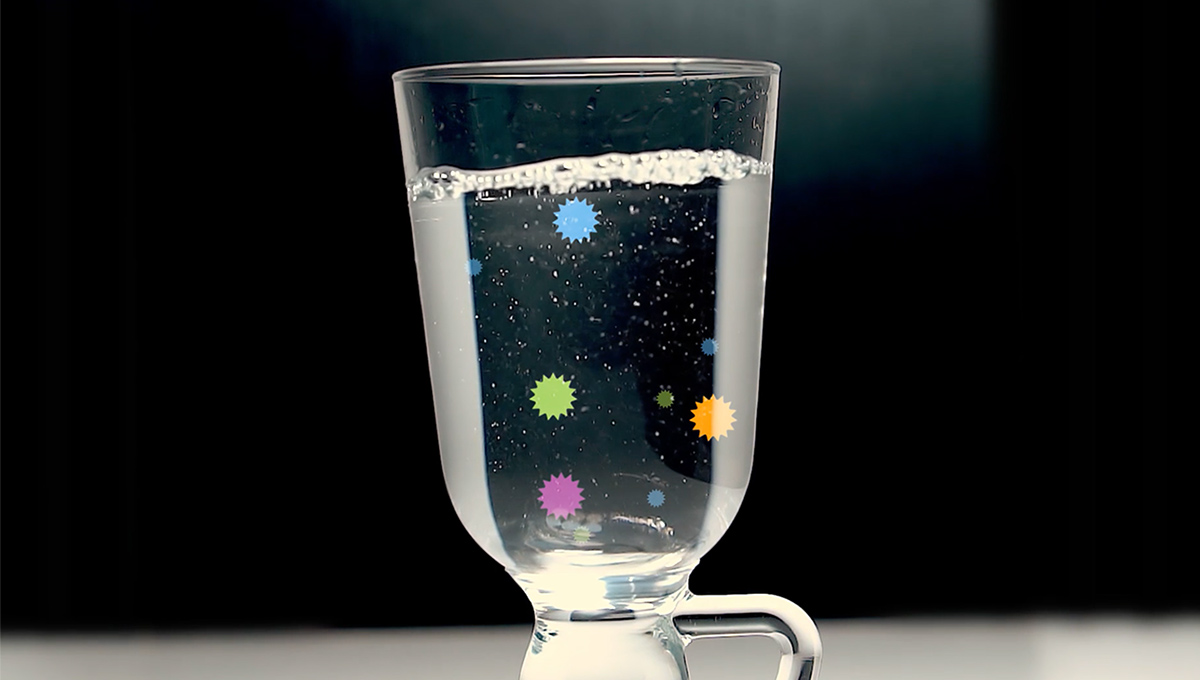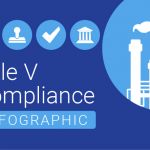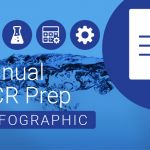Microplastics in the Environment
Humankind has produced hundreds of millions of tons of plastics since the 1950s. A relatively small proportion of these plastics (less than 10%) has been recycled; some has been incinerated; and a significant amount has been entombed in landfills. A small, but significant proportion of those plastics end up as microplastics (plastic particles less than 5 microns in size). Experts estimate that as many as 1.5 million tons of microplastics are released to surface water (oceans, rivers, lakes) every year. These particles don’t readily break down in the environment—which means they accumulate in the water.
So what does that mean? If even half of the microplastics that entered the waters over the last 10 years are still there, and they are evenly distributed across all the water on Earth, it means that every liter of water on the planet has over 500 tiny pieces of plastic floating around in it.
Of course, the plastic isn’t evenly distributed—we haven’t contaminated the deep oceans to the same extent we’ve contaminated rivers, lakes and other surface waters, from which we draw our drinking water. The World Health Organization (WHO) recently reported that studies of drinking water show it contains up to 1000 particles/L. WHO showed that the two most common plastic particle were PET (polyethylene terephthalate), commonly found in clothing and food containers, and polypropylene (bags, packaging and some fibers).
People don’t know how bad these are. General consensus among experts is it depends on the type of plastics: polyethylene is probably not bad, phthalates are worse, and chlorinated compounds such as vinyl chloride are far worse.
Regulators are starting to take notice: REACH in EU and CA both have proposed regulations for microplastics in drinking water. The REACH regulations attack the problem at the source. They include measurement of microplastics that are shed from clothing and fibers, which are the source of up to 35% of the microplastics in the environment. California will likely start with a preliminary guideline to help water suppliers measure and assess the microplastics in their systems.
As a drinking water supplier, you need to be prepare to manage microplastics. A good first step is having a flexible software system such as Locus, in place to track microplastics. The system should track the sampling and lab methodology as well as the data results, so you can continue not just to track your data, but assess its meaning in the face of evolving regulations and methodologies.
As a consumer of water, begin by cutting down on plastics usage. Wear cotton or other apparel which doesn’t include synthetics.
About the Author—Steve Paff, Locus Technologies
Steve Paff is a Sales Engineer, Product Manager and Implementation specialist with over 25-years’ experience delivering quality software solutions for environmental, health, safety and sustainability. Mr. Paff has extensive experience in many of the industry’s software suites. He came to Locus as Senior Sales Engineer after developing and launching a Covid-19 contact tracing app and developing an app to track sustainability metrics across the global apparel supply chain.



